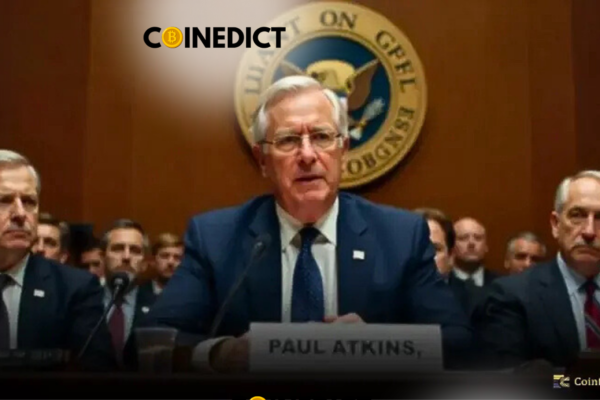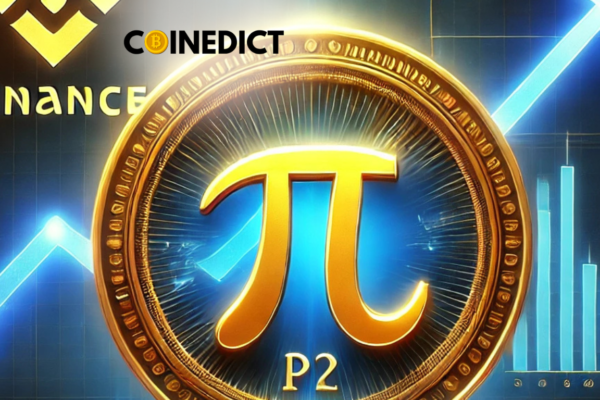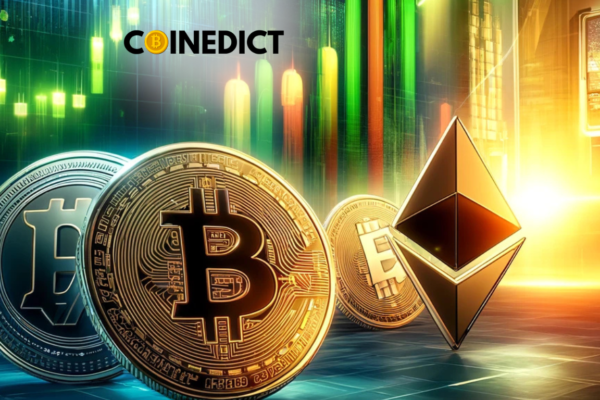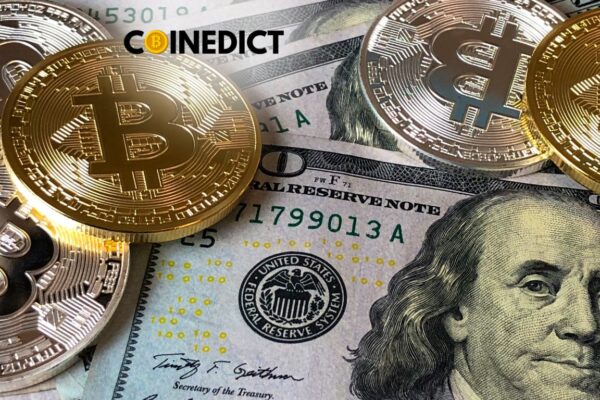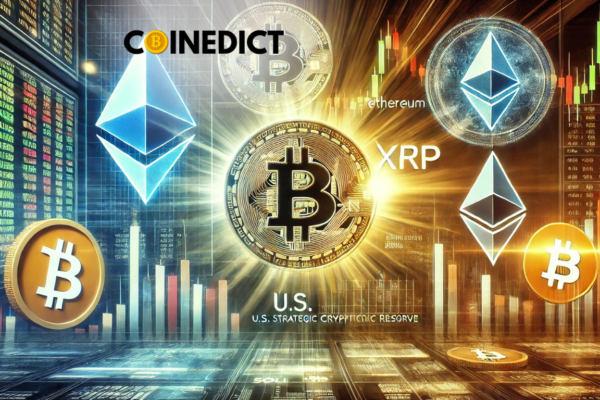
Crypto Market Sheds $659 Billion—Ethereum and Solana Take the Hardest Hit
The cryptocurrency market has seen a massive downturn, wiping out $659 billion from its peak in 2025, according to a new analysis from CryptoQuant. While Bitcoin and Binance Coin (BNB) have managed to hold their ground relatively well, Ethereum (ETH) and Solana (SOL) have suffered the most significant losses. Ethereum and Solana Lead the Market Decline Ethereum’s market cap has dropped 44%, now standing at $240 billion, while Solana has plunged 43% to $73 billion. These sharp declines highlight the intense volatility in the altcoin space, with investors reassessing their positions. On the other hand, Bitcoin (BTC) and Binance Coin (BNB) have fared much better. Bitcoin’s market cap is down just 18%, sitting at $1.735 trillion, while BNB has seen a 15% drop to $91 billion. The resilience of these two assets suggests that, despite the market’s struggles, investor confidence in Bitcoin and BNB remains stronger than in many altcoins. Ethereum Hits Its Lowest Value Against Bitcoin Since 2020 CryptoQuant’s data reveals that Ethereum has reached a historically undervalued level relative to Bitcoin. The ETH/BTC ratio has fallen 72% since September 2022, marking its lowest level since January 2020. Bitcoin’s market sentiment also remains weak, with CryptoQuant’s Bull Score Index at 20, the lowest reading since early 2023. The index, which measures investor confidence, suggests that the market lacks the momentum for a sustained rally in the near term. If the score stays below 40 for an extended period, it could indicate that the bearish phase is far from over. XRP’s Short-Lived Surge and Market Uncertainty XRP initially experienced a major rally after Trump’s 2024 election victory, with its market cap jumping from $30 billion to $142 billion by March 2025. However, the excitement appears to have cooled off, with active addresses on the XRP Ledger now down to 20K-40K. The divergence in performance among top cryptocurrencies underscores the uncertainty surrounding the market’s next move. Ethereum and Solana are struggling to recover, while Bitcoin and BNB remain relatively stable. Whether the market is headed for a deeper correction or preparing for a rebound remains to be seen. 






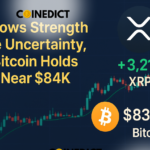
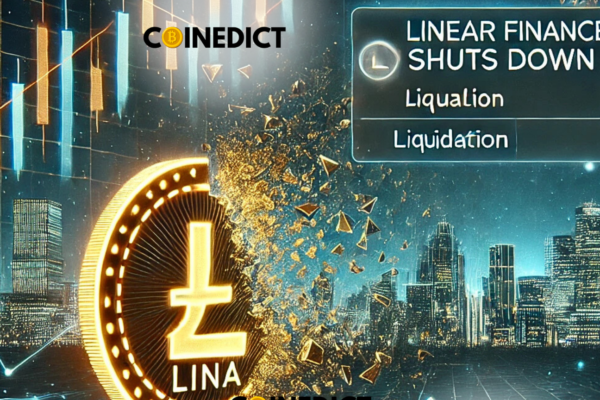

 Warren’s 34-page letter questions his advisory work with FTX, his connections with Wall Street giants, and his actions during the 2008 financial crisis.
Warren’s 34-page letter questions his advisory work with FTX, his connections with Wall Street giants, and his actions during the 2008 financial crisis.